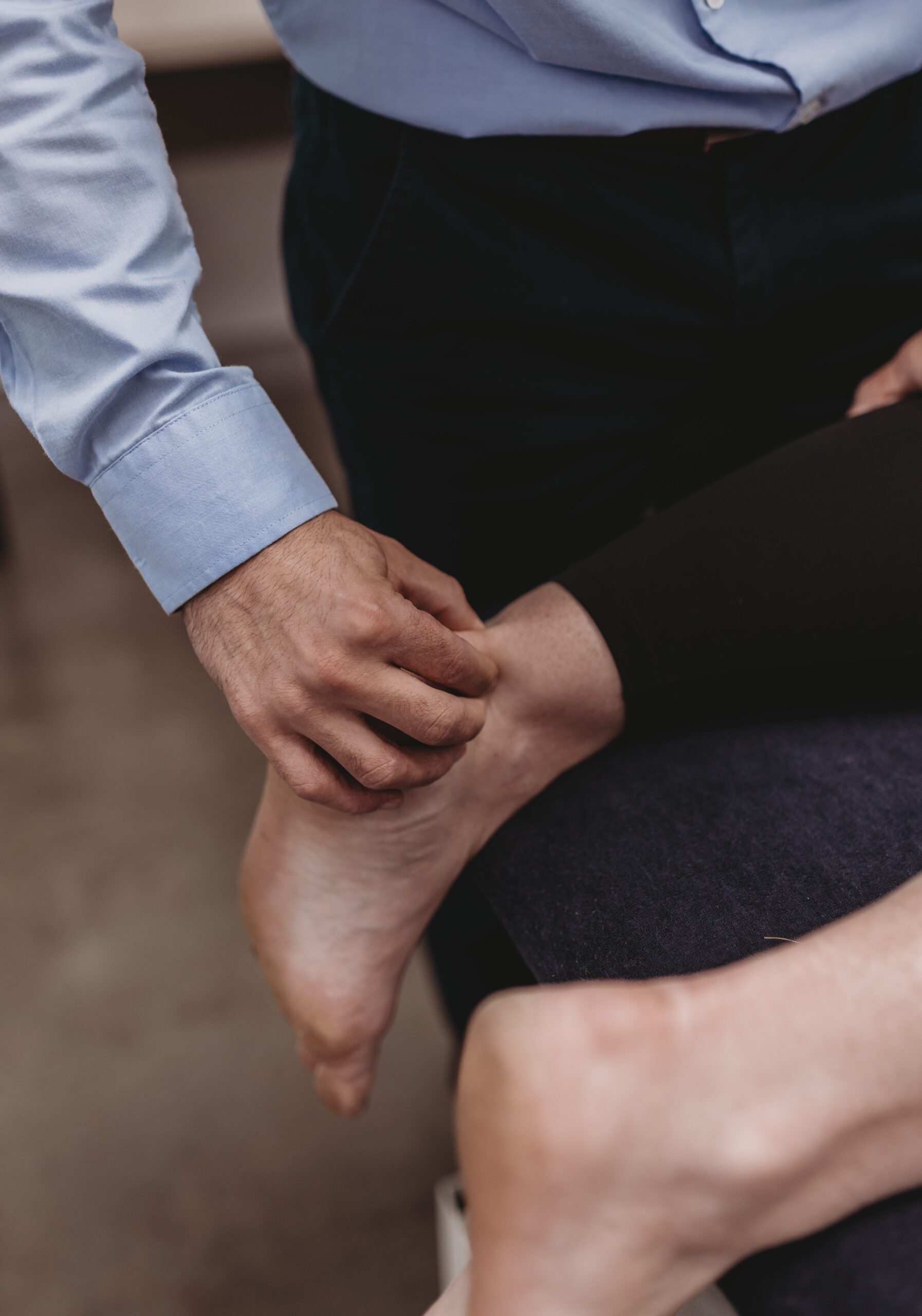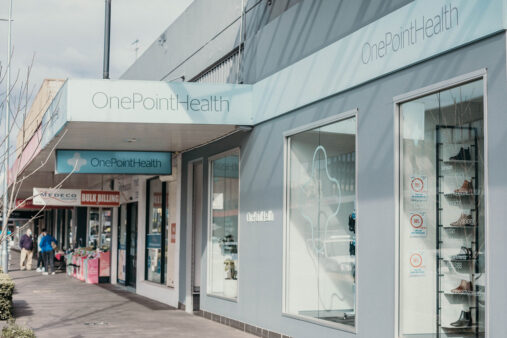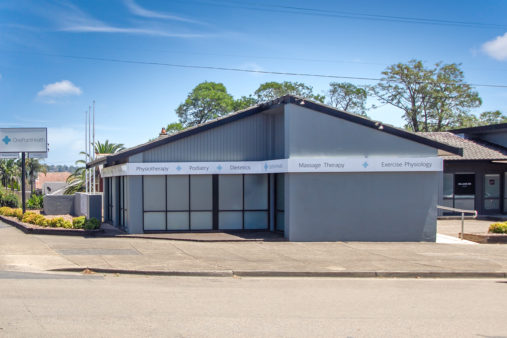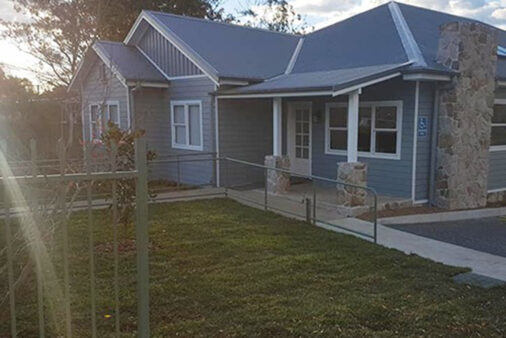Sudden, forceful calf contractions can overstretch the Achilles tendon, causing partial or complete ruptures, but prompt diagnosis and tailored treatment involving immobilisation, surgery, or physiotherapy can restore function.
Understanding Achilles Rupture Mechanisms
The mechanism of Achilles rupture typically involves a sudden and forceful contraction of the calf muscles while the foot is in a position of dorsiflexion (bent upward). This combination of muscle contraction and foot position puts excessive stress on the Achilles tendon, leading to its partial or complete tear.
There are several common scenarios that can result in an Achilles rupture. One such scenario is a sudden and forceful push-off movement, such as during jumping or sprinting activities. Another common mechanism is a sudden change in direction or acceleration, which can put excessive strain on the tendon.
When an Achilles rupture occurs, it is often accompanied by a sudden, sharp pain in the back of the leg or ankle. The individual may also hear or feel a popping sensation at the time of injury. Swelling, bruising, difficulty walking or standing on tiptoes, and a noticeable gap or indentation in the tendon may also be present.
Certain factors can increase the risk of an Achilles rupture. These include age (as the tendon becomes less flexible and more prone to injury with age), previous Achilles tendon injuries, inflammation or tendinopathy, certain medications and underlying medical conditions that weaken the tendon or systemic diseases like diabetes.
If an Achilles rupture is suspected, it is important to seek medical attention promptly. A healthcare professional can perform a physical examination, possibly order imaging tests (such as an MRI) to confirm the diagnosis and recommend appropriate treatment options, which may include surgical repair or conservative management.
Achilles Surgery vs Conservative Management
When considering treatment options for Achilles tendon injuries, there are two main approaches: surgical and conservative (non-surgical) management. The choice between these two options depends on various factors, including the severity of the injury, the individual’s overall health, and their personal preferences.
Surgical intervention for Achilles tendon injuries is typically recommended for more severe cases, such as complete tears or significant gapping or retraction of the tendon. The procedure aims to repair the damaged tendon and restore its strength and function. It may involve suturing the torn ends of the tendon or using grafts to reinforce the repair. Following surgery, a period of immobilisation and rehabilitation is usually required to facilitate healing and regain strength.
On the other hand, conservative management involves non-surgical treatment through immobilisation and physiotherapy. After introducing weight-bearing activity in the boot, the next step is reducing heel lifts in the boot until it is weaned out altogether. Whilst this process occurs physiotherapy plays a crucial role in the recovery process. The physiotherapy program typically focuses on gradually restoring the range of motion, strength, and function of the affected leg. This may involve exercises to improve ankle range of motion, calf and soleus strength and balance to promote proper walking and running mechanics. The physiotherapist will guide the individual through a progressive rehabilitation program tailored to their specific needs and monitor their progress closely.
The decision between surgical and conservative management for Achilles ruptures depends on various factors, including the individual’s age, activity level, and the extent of rupture. It is important to note that the choice between surgical and conservative management should be made in consultation with a healthcare professional who can evaluate the specific circumstances of the injury and provide personalised recommendations. They will consider factors such as the extent of the injury, the individual’s activity level, and their overall health to determine the most appropriate course of action.
Recovery Timeframe
The recovery timeframe for an Achilles rupture can vary depending on several factors, including the severity of the injury, the chosen treatment approach, and individual healing capabilities. Generally, whether the surgical or non-surgical treatment option is chosen, both approaches require immobilisation in a cast or walking boot for approximately 6-8 weeks, before a physiotherapy rehabilitation period of 6-9 months depending on patient goals and return to sport criteria.
However, it is important to note that every individual’s recovery may differ, and it is crucial to follow the guidance of a healthcare professional who can provide a more accurate timeframe based on your specific circumstances. Additionally, rehabilitation and physical therapy are typically recommended to regain strength, flexibility, and function in the affected leg. Adhering to the prescribed rehabilitation program can significantly contribute to a successful recovery.
Risk of Re-injury
The risk of Achilles re-rupture can vary depending on several factors, including the initial treatment and rehabilitation process, individual healing capabilities, and adherence to post-injury guidelines. Studies have shown that the risk of re-rupture can range from 5% to 30%, with some factors increasing the likelihood of recurrence. These include inadequate rehabilitation, returning to physical activity too soon, and certain medical conditions that affect tendon healing. It is crucial to follow the recommended rehabilitation protocols, gradually reintroduce physical activity, and consult with a healthcare professional for personalised guidance to minimise the risk of Achilles re-rupture.
What Can OnePointHealth Do for your Achilles?
Here at OnePointHealth, our physiotherapists can play a crucial role in your recovery following an Achilles injury. Here’s what you can generally expect from a physiotherapist:
- Assessment: The physiotherapist will conduct a thorough assessment to evaluate the extent of your Achilles injury, identify any underlying issues, and determine your specific rehabilitation needs.
- Treatment Plan: Based on the assessment, the physiotherapist will develop a personalised treatment plan tailored to your injury and goals. This plan may include various techniques and exercises to promote healing, reduce pain and inflammation, and restore strength, range of motion, and function of the Achilles tendon.
- Rehabilitation Exercises: The physiotherapist will guide you through a series of exercises designed to gradually strengthen the Achilles tendon and surrounding muscles. These exercises may include a range of motion exercises, strengthening exercises, and balance training.
- Manual Therapy: The physiotherapist may use manual therapy techniques such as massage, joint mobilisation, or soft tissue manipulation to help alleviate pain, improve ankle joint range of motion, and enhance tissue healing.
- Education and Advice: The physiotherapist will provide you with education and advice on proper body mechanics, footwear, and activity modification to prevent further injury and promote optimal recovery.
- Progress Monitoring: Throughout your rehabilitation, the physiotherapist will regularly assess your progress, make any necessary adjustments to your home exercise program, and provide guidance on when it is safe to progress to more challenging activities.
Remember, the specific treatment and techniques used by a physiotherapist may vary based on your individual needs and the severity of your Achilles injury. It is important to follow their guidance and communicate any concerns or questions you may have during the rehabilitation process.












